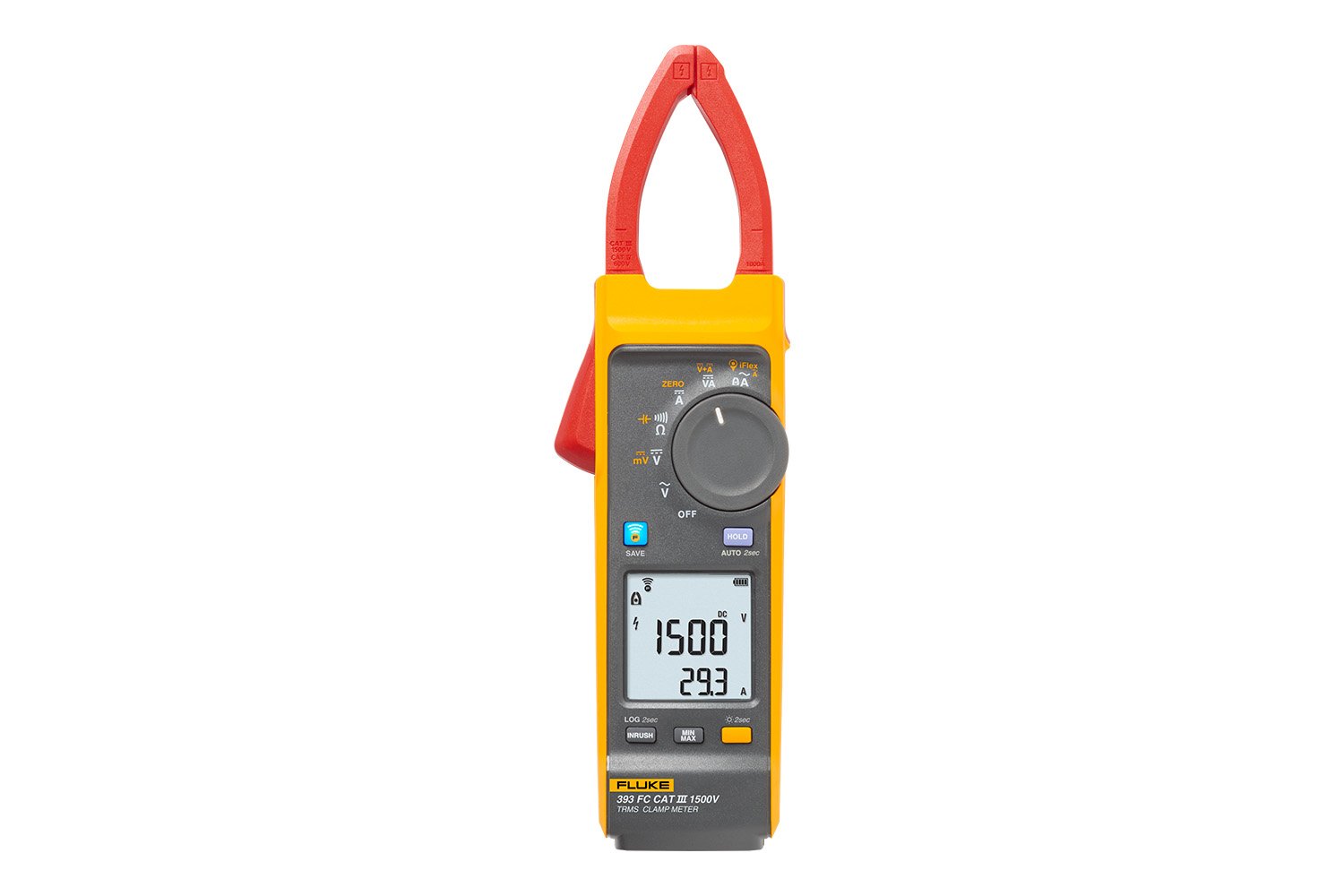適用於光電測試設備的太陽能電表與太陽能工具
取得工作適用的太陽能板測試儀與測量設備
隨著太陽能產業的成長,電氣技師、PV 安裝人員以及技師需要全新的太陽能測試設備解決方案。Fluke 提供一系列專業工具,包括太陽能電表和其他關鍵太陽能工具,協助針對太陽能裝置進行測量、安裝、維護和報告。無論您要試運轉新的 PV 陣列,或是在太陽能電場或光電發電站上進行例行維護,Fluke 的太陽能測試設備都能為您提供所需的功能。
PV 系統有獨特的需求,需要使用太陽能裝置的專用工具進行測量、安裝、維護和報告。
最佳高壓太陽能工具
為工作選擇合適的 Fluke 太陽能測試設備,同時兼顧功能或安全。
Fluke 283 FC/PV 太陽能數位萬用電表和無線電流鉗
Fluke 283 FC/PV 真有效值 CAT III 1500V 太陽能數位萬用電表和無線電流鉗是太陽能供電系統的理想選擇,可確保安全性和準確性。...
Fluke 283 FC CAT III 1500V 數位萬用電表
Fluke 283FC 真有效值 CAT III 1500V 太陽能數位萬用電表是太陽能供電系統的理想選擇,可確保安全性和準確性。...
Fluke 1630-2接地鉤錶
在難以觸及的空間 (包括室內或鋪設完成但尚未允許釘入輔助測試樁的區域) 測試設備的接地元件。保持連線 - 辨識接地迴路電阻,不需要斷開之後重新連接系統的接地電極。...
Fluke 64 MAX 紅外測溫儀
Fluke 64 MAX 測溫儀具有您所需要的精確度,可讓您準確進行工作,而且不會超出預算。經過設計與測試,可承受 3 公尺高處掉落,在您需要使用時,您都可以信賴此輕盈精巧的紅外線測溫儀 –...
Fluke 365 真有效值交直流鉤錶/電流表
Fluke 365 真有效值交直流鉤錶,擁有可分離鈎頭設計,機身輕巧,更適合在狹小的空間內測量;又薄又小的鳥嘴型鈎頭,更容易測量密集的排線;內置手電筒,背光照明,使讀數也更加便捷。...
Fluke a283 FC 真有效值 CAT III 1500V 無線電流鉗
Fluke a283 FC 真有效值 CAT III 1500V 無線電流鉗可簡化疑難排解,同時不影響安全性和可靠性。...
Fluke Pack30 專業工具背包
The Fluke Pack30 tool backpack gives you a comfortable hands-free experience vs. traditional tool belts that put all the weight on your lower back....
PVA-1500HE2 I-V 追蹤工具和 1537 Insulation Tester 2500V 套件
最佳化太陽能效能:PVA-1500HE2 PV 分析儀和 1537 Insulation Tester 2500V






























